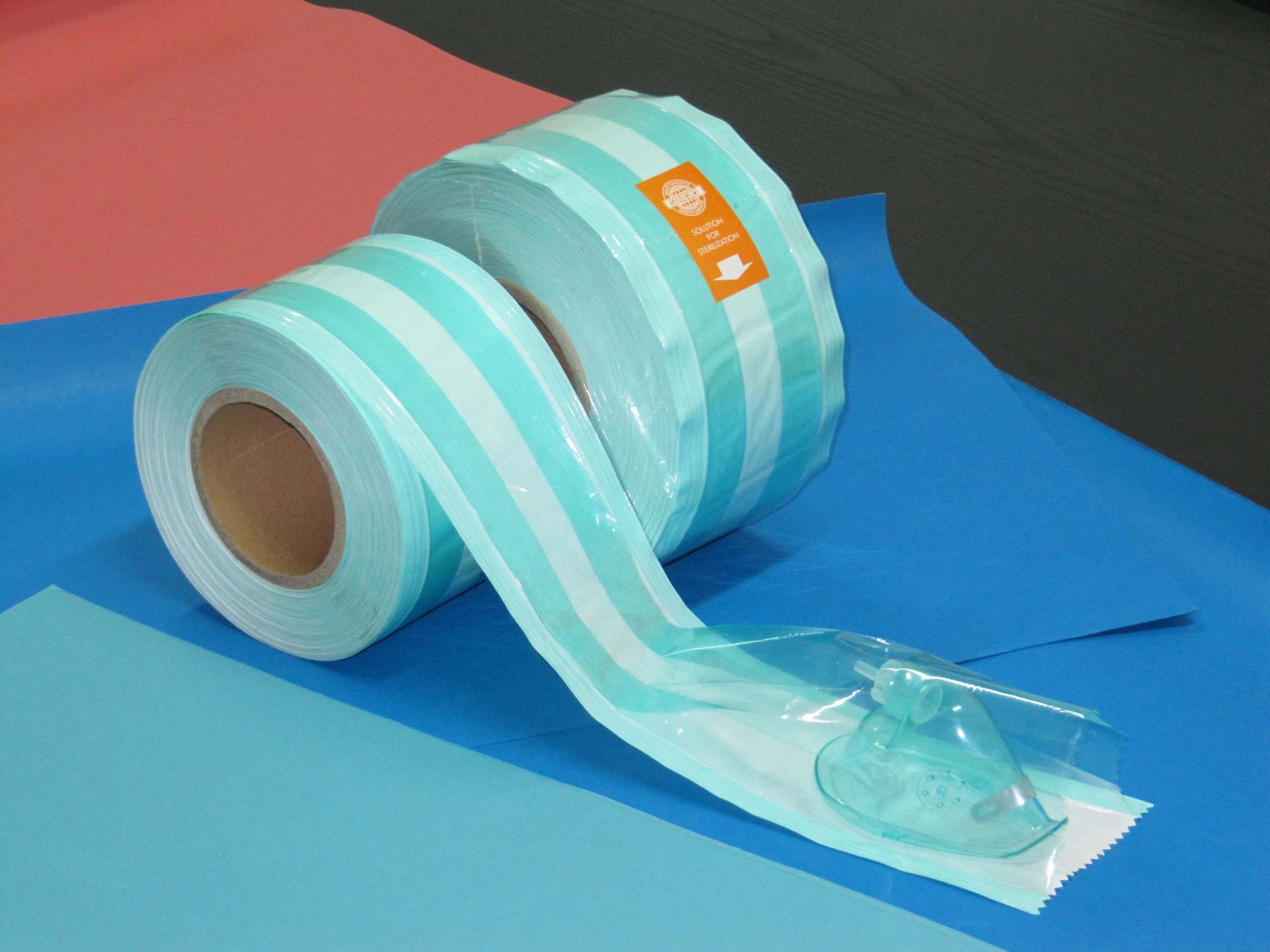2024 Predictions for Medical Packaging
What medical packaging trends are most likely to garner attention in 2024? Packaging Digest explored this during a virtual roundtable with industry experts. These packaging professionals are also involved with organizing the successful healthcare packaging conference thePACKout.
The meeting generated many thought-provoking questions — some of which remain unanswered — as these medical packaging professionals identified key challenges and a roadmap for the year ahead.
1. Sustainability.
No doubt, this will continue to be a key trend in 2024. No longer just a buzzword, sustainability has found
a permanent home in medical device manufacturers’ product stewardship goals and led to the creation
of dedicated sustainability departments that transcend “just packaging.”
“Sustainability is now an initiative that has backing in companies, and that is something we didn’t see
before,” says Rosenblum Ptach, who referenced players that have paved the way for others to follow suit,
such as J&J’s Ethicon, which introduced its sustainable tray materials at last year’s thePACKout conference.
Although talk often centered on materials of concern and the impact of impending regulations, Goff
brought the conversation back to sustainability’s primary goal:
“The first line of defense with sustainability is to reduce the waste we put into the system,” she says.
“Design plays a major factor in that, and there is a lot of low-hanging fruit in industry right now that could
help meet sustainability objectives through design changes.”
Participants shared that a lot of innovative materials are being introduced to meet sustainability
initiatives, including self-sterilizing materials, but questions remain regarding their viability as well as
regulatory requirements.
2. Innovation in design and usability.
According to participants, usability in design is another trend worth watching in 2024.
“In the past, packaging engineers have been siloed to consider performance requirements or cost saving
initiatives or — now — sustainability,” Rosenblum Ptach says. “Usability, and people, are being considered
more than they ever have in design.”
Admits that there are a lot of competing priorities when it comes to design:
3. Regulations.
An ongoing trend for 2024 is the increasingly stringent global regulations coming down the pike. Medical
device companies were urged to prepare.
“Regulation can be a catalyst for innovation and a sustainability enabler — and it’s beginning to really
drive change in that regard,” notes Djupstrom. “For example, MDMs are increasingly focused on
eliminating both regulated and non-regulated materials of concern from products and packaging to get
ahead of impending regulation.”
Djupstrom urged MDMs to engage their supply chain partners: “When it comes to any regulation, don’t
wait,” she says. “[Suppliers] have solutions in place or strategies of how to navigate this.”
Regulations to keep an eye on in 2024 include the EU Medical Device Regulation (MDR), EU Packaging
and Packaging Waste Directive, and an ASTM work item aiming to establish a relationship between
material attributes and package performance.
4. Testing.
“With material changes and dual sourcing becoming more of a thing, you have to show a correlation of
performance, so there’s much more comparative testing going on,” Rosenblum Ptach explains. “Generally
speaking, you’re going to have material properties being more important to consider within your testing.
A lot of industry standards that were created to solve problems across large ranges of packaging are
to get much more specific.”
Heightened by the supply chain crisis and uptick in testing, MDMs are under more pressure to know their
materials — and suppliers are under more pressure to supply data about those materials. According to
Rosenblum Ptach, interesting R&D test methods are available for companies to compare properties of
performance as well as material property tests that may have been overlooked in the past.
5. Sterilization.
Despite these developments, Goff warns that change will be slow, with capacity issues, supply chain challenges, and testing requirements delaying the adoption of new sterilization technologies.
“There are pros and cons to each and it’s a learning curve for us all to find out which ones are most compatible with our products and packaging, but more important, with the issues we are trying to solve internally.”

